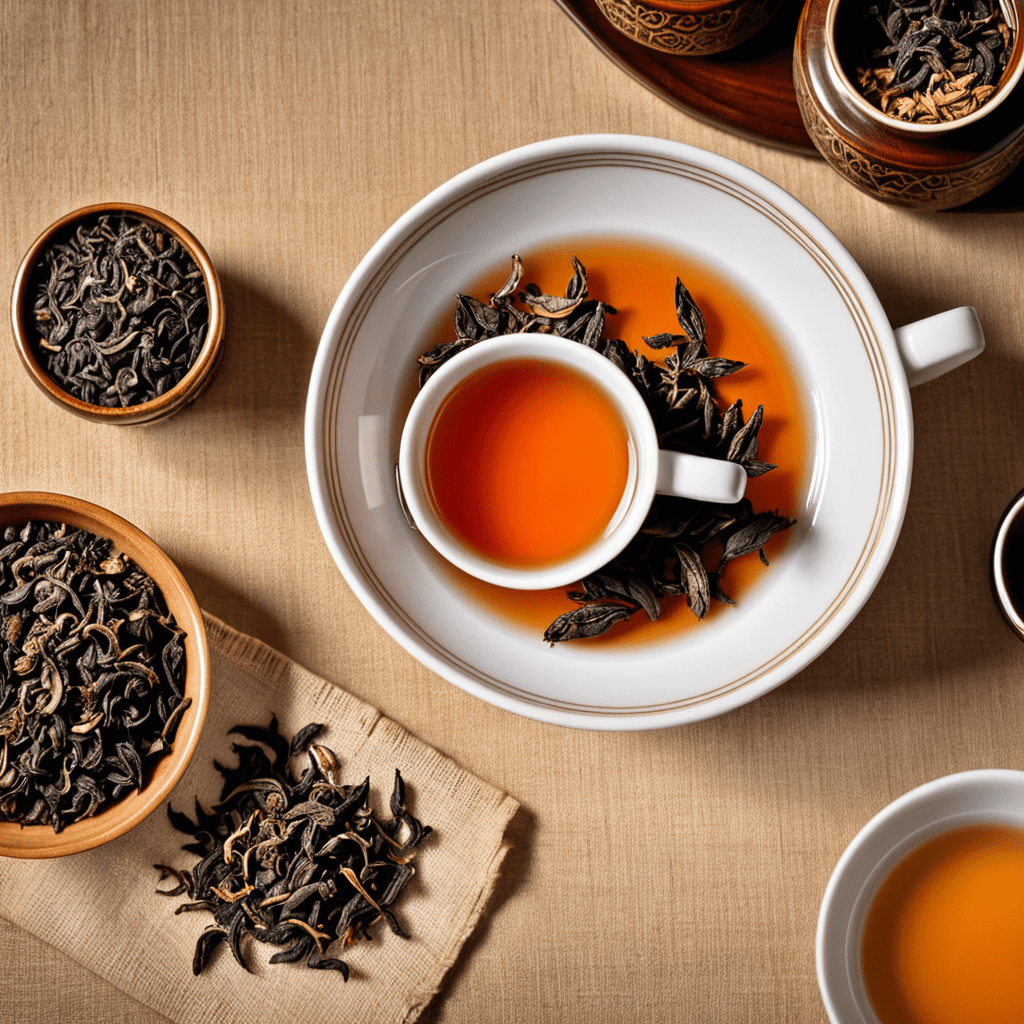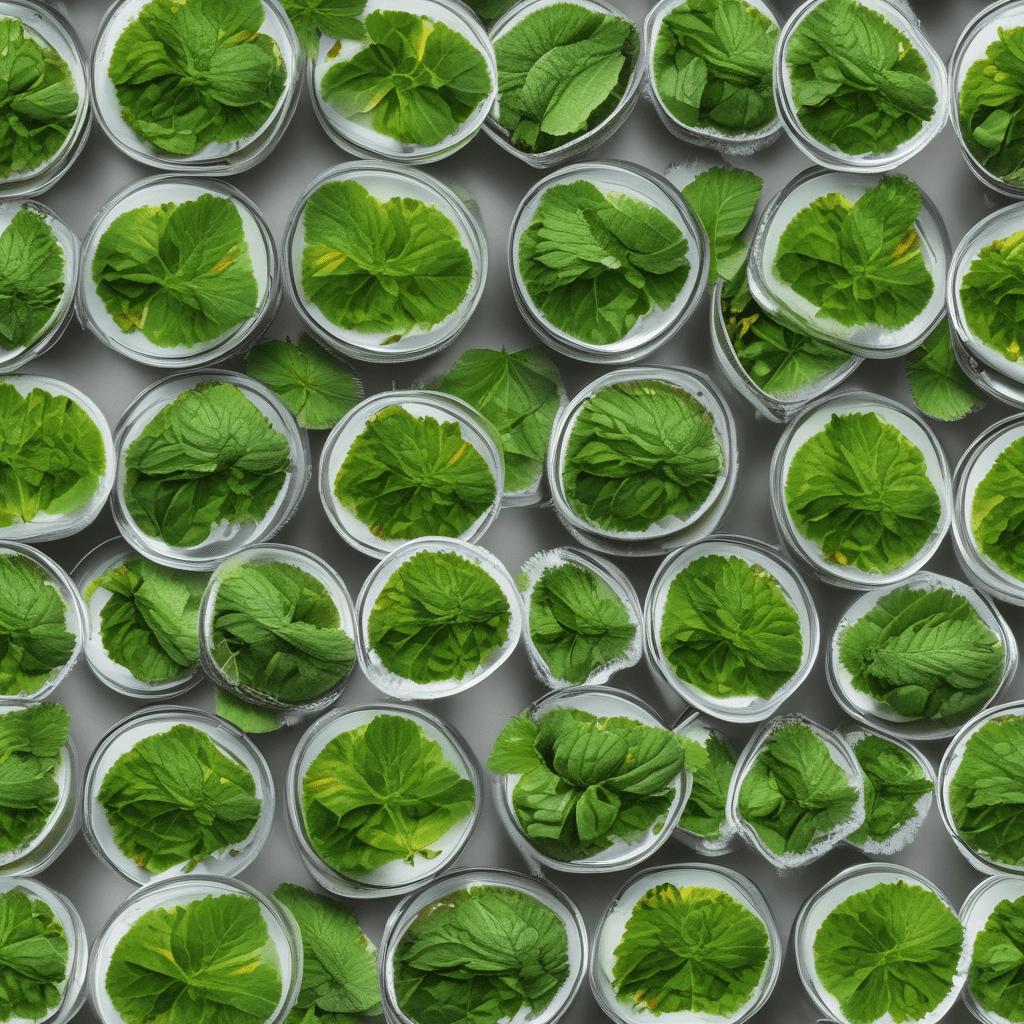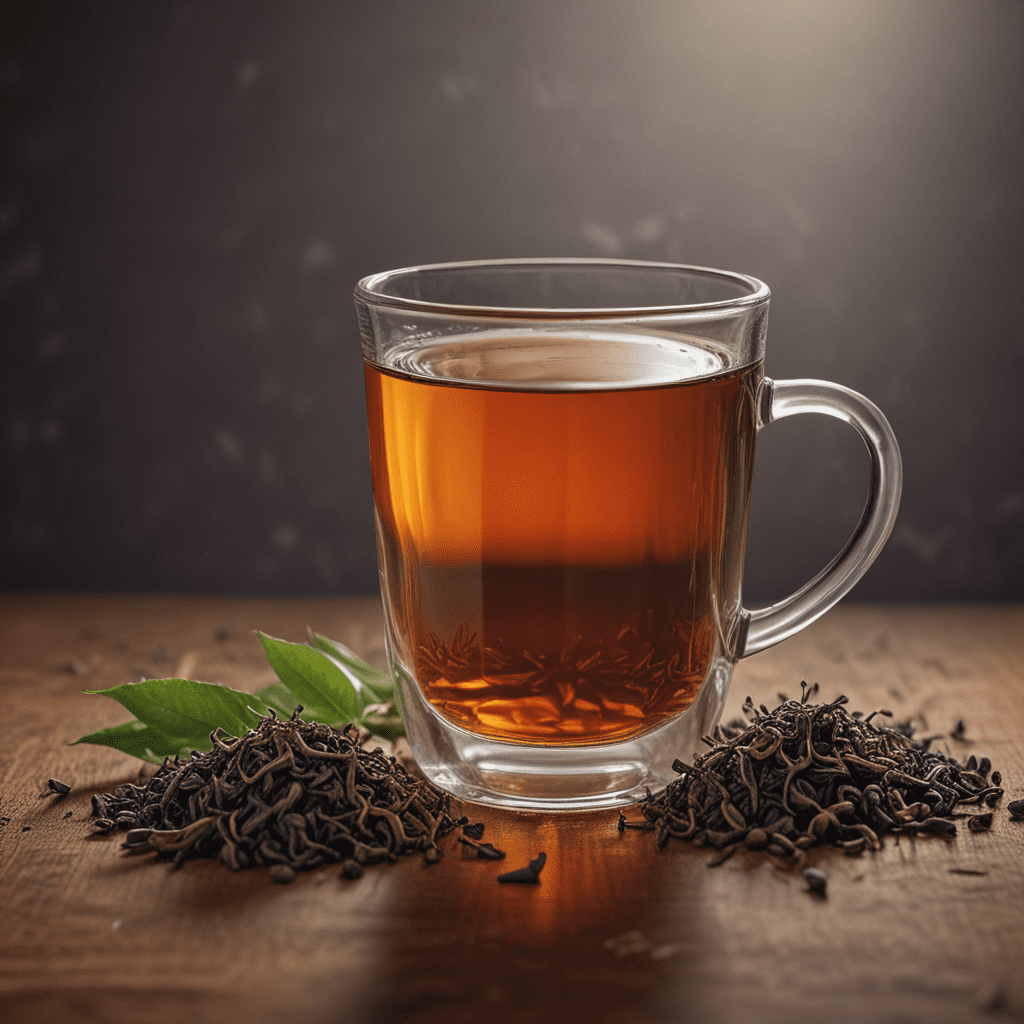
Pu-erh Tea: A Journey Through Tea Regions
Introduction to Pu-erh Tea
Pu-erh tea, a type of fermented tea hailing from Yunnan province in China, has been celebrated for centuries for its rich flavors and potential health benefits. In this blog post, we’ll embark on a journey through the various tea regions that produce Pu-erh tea, exploring the unique characteristics and nuances each region brings to this beloved brew.
Yunnan Province: The Birthplace of Pu-erh Tea
Yunnan province is the heart and soul of Pu-erh tea production. The rich biodiversity, high altitude, and unique climate of Yunnan contribute to the distinctive flavor profile of Pu-erh tea. Here, ancient tea trees grow abundantly, some dating back hundreds of years, imparting a depth and complexity to the tea that is unparalleled.
Xishuangbanna: Home to Ancient Tea Trees
Xishuangbanna, a prefecture in southern Yunnan, is renowned for its ancient tea trees that are the source of some of the most prized Pu-erh teas. The lush forests and pristine environment of Xishuangbanna create the perfect conditions for these tea trees to thrive and produce teas with extraordinary depth of flavor and aroma.
Lincang: Where Tradition Meets Innovation
Lincang, located in western Yunnan, is a region where traditional tea-making techniques intersect with modern innovations. The teas from Lincang are known for their balance of flavors and the skillful blending of different tea leaves, resulting in Pu-erh teas that appeal to a wide range of palates.
Menghai: A Hub of Pu-erh Tea Culture
Menghai county, nestled in the southwestern part of Yunnan, is a hub of Pu-erh tea culture. This region is famed for producing ripe Pu-erh tea, known for its smooth, earthy notes and mellow finish. Menghai’s teas have gained global recognition for their consistent quality and unique aging potential.
Bulang Mountain: The Essence of Pu-erh Terroir
Bulang Mountain, located in the southwestern part of Yunnan, is revered for its exceptional terroir that imparts a distinctive character to Pu-erh teas. The teas from Bulang Mountain are prized for their bold flavors, robust body, and lingering aftertaste, showcasing the true essence of Pu-erh tea.
Conclusion: Exploring the Diversity of Pu-erh Tea Regions
Embarking on a journey through the diverse tea regions of Pu-erh opens up a world of flavors, aromas, and traditions. Each region brings its own unique touch to Pu-erh tea, offering tea enthusiasts a plethora of options to explore and savor. Whether you prefer the ancient trees of Xishuangbanna or the innovative blends of Lincang, the world of Pu-erh tea is a treasure trove waiting to be discovered.
FAQ About Pu-erh Tea: A Journey Through Tea Regions
What is Pu-erh Tea?
Pu-erh tea is a unique type of fermented tea that originates from the Yunnan province in China. It is known for its rich flavor, smooth texture, and potential health benefits. Pu-erh tea can be aged like fine wine, with its taste profile evolving over time.
Why is Pu-erh Tea Considered a Journey Through Tea Regions?
Pu-erh tea reflects the diverse terroirs of the Yunnan province, with different tea regions offering distinct flavor profiles and characteristics. Each tea region imparts its own unique nuances to the Pu-erh tea, creating a sensory journey for tea enthusiasts.
How is Pu-erh Tea Processed in Different Tea Regions?
Depending on the tea region, Pu-erh tea can be processed using different methods such as sun-drying, wok-firing, fermentation, and aging. These processing techniques contribute to the varied flavors and aromas found in Pu-erh teas from different regions.
What Are Some Notable Tea Regions for Pu-erh Tea?
Some renowned tea regions for Pu-erh tea include Xishuangbanna, Lincang, and Simao. Each of these regions has its own tea culture, soil composition

